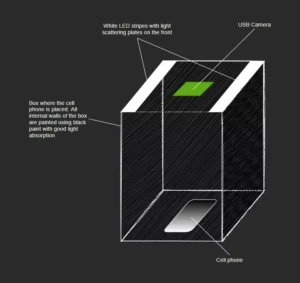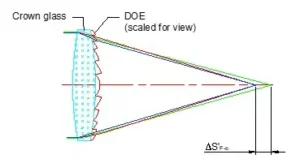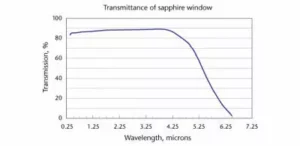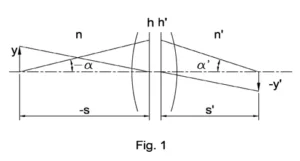Working principle of TIR lenses
A TIR lens works on the principle of total internal reflection. When light reaches an interface between two materials with different refractive indices and the correct angle of incidence, there is refraction (bending of a light ray from its original path).

As light travels from a medium with a higher refractive index to that with a lower one, Snell’s law requires the angle at which the light ray gets refracted to be greater than 90 degrees.
For angles of incidence exceeding a particular value, the light is reflected into the material.
The angle for which this occurs is called the critical angle and the phenomenon is called total internal reflection
Total internal reflection (TIR) ensures no associated loss of power, making it the most efficient method for reflecting light. Therefore, the design of lenses utilizing TIR principles takes full advantage of this physical property.
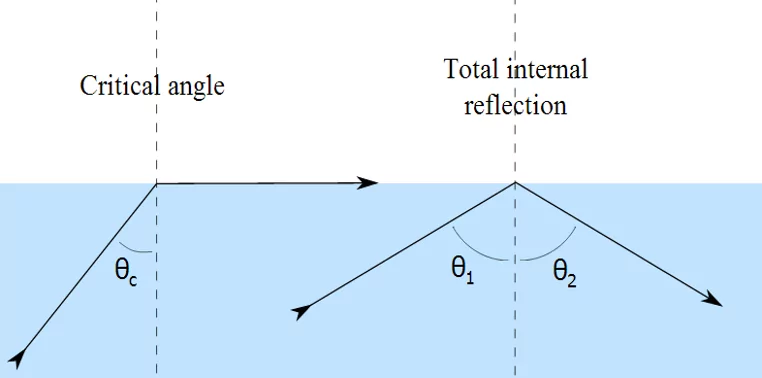
When placed on top of an LED chip, the optical component is able to capture and direct the photons to the desired location.
Compared with other methods of controlling LED light, such as a reflector, this optical component provides better light control since it captures all of the photons leaving the source.
If you need a custom lens design or advice from an experienced optical engineer, click here to learn more about our work in LED and illumination optics.
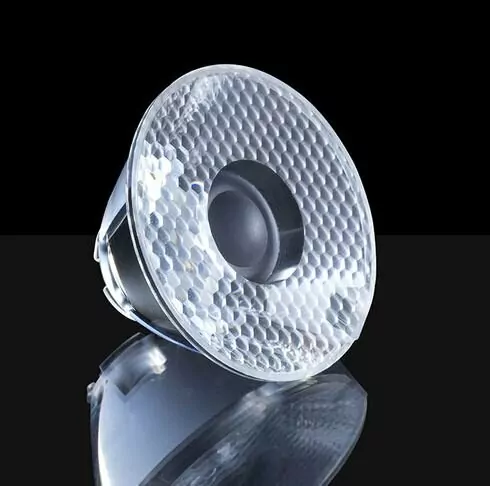
Different TIR lenses are used for different purposes. Depending on the design requirements, you might use a TIR lens for a narrow spot, wide spot, elliptical, or a medium spot for a specific USDOT streetlight.
As a general rule, the smaller the desired beam angle, the larger the size of a TIR lens or reflector needs to be. This is because of etendue.
TIR lenses can be machined out of acrylic for prototyping purposes but generally are injection molded in volume. A custom TIR lens design could cost between $4,000- $15,000 depending on the design complexity, with asymmetrical light patterns requiring more design time than symmetrical ones.
The cost of a mold for production can be $3,000- $30,000 depending on the type ( aluminum or steel), number of cavities in the mold, and the size of the required optic. When produced in volume, a custom TIR lens could cost $0.50- $3.00 per item.
Want to learn more about LED optics? This post on the 5 best materials for LED optics might be of interest.


